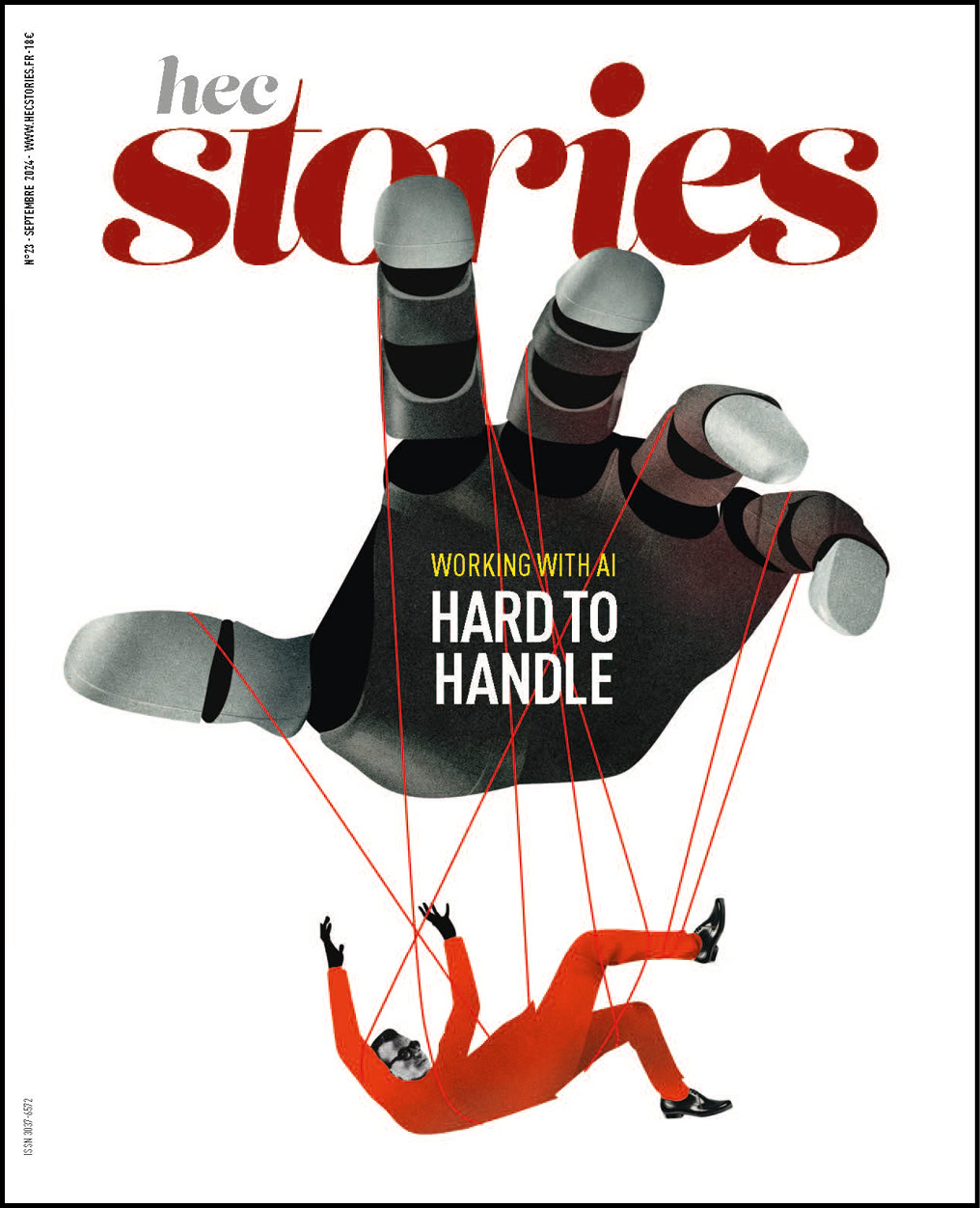Mastering the art of the equity story

The equity story is an essential component in the valuation of a company. Alexandra Prigent-Labeis, a financial communication specialist, explains how to become a good storyteller and convince investors.
Telling the future of the company
Instinctively, we tend to describe a company by looking back at its history. For instance, we talk about what it looked like five years ago, and all the progress that has been made since then. But it is essential to step away from this nostalgia-tinged reflection in order to focus on the company’s potential. Because the equity story is what will boost the value of a company at the time of its sale. Its purpose is to demonstrate to investors that the company will continue to grow and increase in value in the future.
Do the opposite of Wikipedia
Second golden rule: write a story, without trying to give an exhaustive overview of a company. Storytelling is not an academic lecture or a Wikipedia page. The only question is: what should people remember and repeat at the end of our conversation? (Speaking is necessary, writing is not enough.) For example, if my equity story revolves around the company’s organic growth potential, I will leave out other topics that are close to my heart. But that doesn’t matter. On the contrary, the person I am speaking to will then be free to ask me about the subjects not covered.
Begin at the end
Third golden rule: deliver key information first. This has been scientifically demonstrated: even in highly rational professions where people approach matters analytically, it remains very difficult to challenge the first information we are given. And when we seek to confirm that information, we have already taken it on board. In practical terms, we never start our storytelling by describing the building blocks that allowed us to reach this or that solution. Quite the opposite: straight off, we explain the value or benefit brought to customers, describing the customers, so that the investor associates the company’s growth with that of the customers. It is also necessary to start with simple information. This too is scientifically proven: the human brain needs a basic introduction to the subject before moving into increasingly complex and sophisticated analysis. When we are passionate about a project, we tend to get into the fine details of the points we want to make about it. But that tendency goes against the way the brain naturally works, and so diminishes much of the value of what we have said. And once you have a good equity story, it is essential that the investment team and the management take ownership of it. But beware: those who must embody the story are not always the best placed to tell it, because they are too close to it. The management, because they do the things they are talking about, and the investor, because he or she transforms them. Similarly, the investment banker inherits the story without always knowing how to challenge it. It then turns back into a story focused on the past. The equity story expert is the missing link that can cause the chain to break.
After graduating from HEC in 2003, Alexandra spent a decade at Goldman Sachs, before heading the strategy and communication consulting firm APL Strategy. Over the last ten years, she has also taught courses at HEC in the master’s in finance and executive MBA programs.
Published by Cyrielle Chazal

